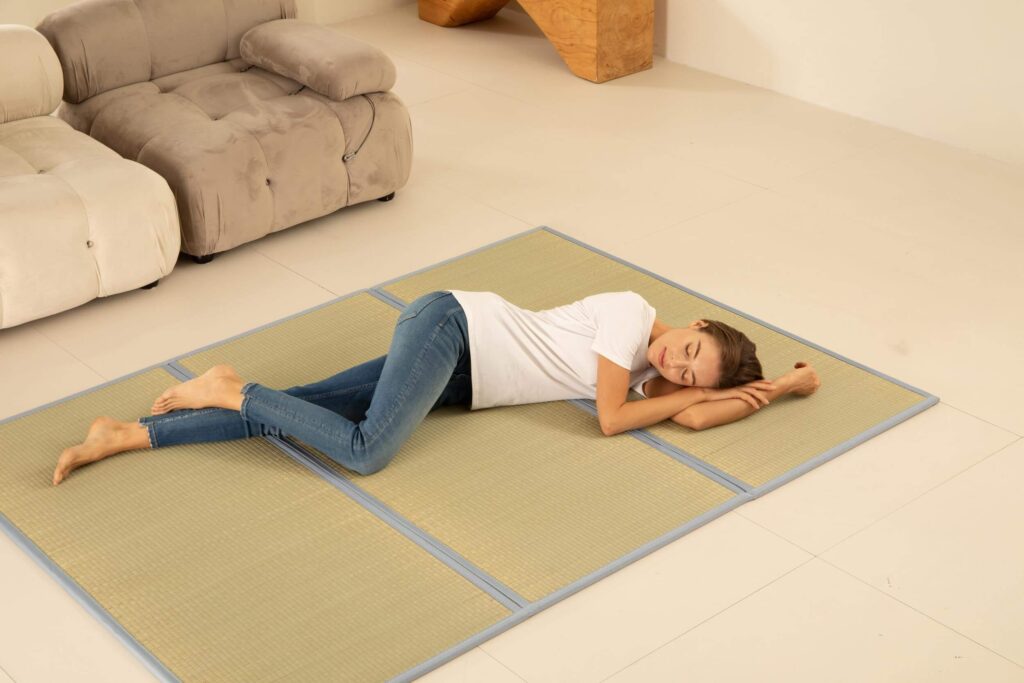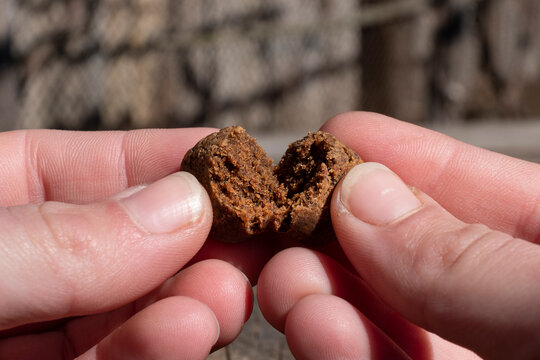
Tatami Mats
Tatami mats, a hallmark of traditional Japanese culture, have found their way into homes around the world, including in Canada. These mats, known for their unique blend of comfort, aesthetics, and cultural significance, offer a distinctive touch to interior design. In this blog, we will explore the history, benefits, uses, and care of tatami mats, and how they are being embraced in Canadian homes.
A Brief History of Tatami Mats
Tatami mats have a rich history dating back over a thousand years in Japan. Originally used by the nobility during the Heian period (794-1185), tatami mats became more widespread over the centuries, eventually becoming a standard feature in most Japanese homes by the Edo period (1603-1868). Their use is deeply intertwined with Japanese culture, from tea ceremonies to martial arts, symbolizing a blend of functionality and tradition.
Construction and Materials
Tatami mats are crafted from three main components: the core, the cover, and the edge binding.
- Core: Traditionally, the core of a tatami mat is made from compressed rice straw, providing a firm yet flexible base. In modern versions, materials such as polystyrene foam or wood chip boards may be used to enhance durability and reduce weight.
- Cover: The surface of the mat, known as the “omote,” is woven from soft rush (Igusa) grass. This natural material is not only comfortable but also has properties that help regulate humidity and temperature, making tatami mats ideal for various climates, including Canada’s diverse weather conditions.
- Edge Binding: The edges of the mat, reinforced with cloth bindings called “heri,” add a decorative element. These bindings can be customized with different colors and patterns, adding a personal touch to the mats.
The Appeal of Tatami Mats in Canada
Tatami mats are gaining popularity in Canada for several reasons:
- Aesthetic Appeal: The natural look of tatami mats complements a wide range of interior styles, from minimalist and modern to more traditional decors. Their clean lines and natural textures bring a sense of tranquility and simplicity to any room.
- Comfort and Functionality: Tatami mats provide a slightly springy surface that is comfortable for walking, sitting, or even sleeping. In Canada, where wooden or tile floors can become quite cold, tatami mats offer a warmer, more comfortable alternative.
- Health Benefits: The natural materials used in tatami mats can have beneficial effects on indoor air quality. Igusa grass has been shown to absorb and neutralize pollutants, contributing to a healthier living environment. Additionally, the firm surface of tatami mats can promote better posture and support for sleeping and sitting.
Uses of Tatami Mats in Canadian Homes
Tatami mats can be incorporated into Canadian homes in various ways:
- Flooring: One of the most common uses of tatami mats is as flooring. They can be used to cover an entire room or just a section, creating a designated space for relaxation or meditation.
- Tea Rooms: Inspired by traditional Japanese tea ceremonies, some Canadians create dedicated tea rooms with tatami mats, low tables, and floor cushions, providing a serene space for relaxation and hospitality.
- Sleeping Areas: Tatami mats can be used as a base for futons, offering a firm, supportive surface for sleeping. This setup is not only comfortable but also space-efficient, as futons can be rolled up and stored during the day.
- Exercise and Yoga Spaces: The cushioning effect of tatami mats makes them ideal for exercise or yoga spaces. They provide a comfortable and supportive surface for various physical activities.
Caring for Tatami Mats
Proper care is essential to maintain the beauty and longevity of tatami mats. Here are some tips for keeping them in good condition:
- Regular Cleaning: Tatami mats should be cleaned regularly using a dry cloth or vacuum cleaner with a brush attachment. It’s important to avoid excessive moisture, as this can cause mold and mildew.
- Avoid Direct Sunlight: Prolonged exposure to direct sunlight can cause tatami mats to fade and become brittle. Using curtains or blinds can help protect them from harsh sunlight.
- Air Circulation: Ensuring good air circulation around tatami mats helps prevent the buildup of moisture. Occasionally lifting the mats and allowing them to air out can help maintain their freshness.
- Stain Removal: For minor stains, a soft cloth dampened with water can be used to gently blot the affected area. For more stubborn stains, a specialized tatami cleaner may be necessary.
Incorporating Tatami Mats into Modern Living
Incorporating tatami mats into Canadian homes is a way to blend the traditional with the contemporary. These mats offer a unique aesthetic that stands out in a world dominated by hardwood and carpet flooring. They bring a piece of Japanese culture into everyday life, offering a serene and elegant touch to modern interiors.
Tatami mats can be used creatively in various settings, from city apartments to suburban homes. Their versatility allows them to be a focal point in any room or a subtle enhancement to existing decor. As more Canadians seek to create calming and harmonious living spaces, tatami mats provide an ideal solution that combines beauty, comfort, and cultural richness.
Conclusion
Tatami mats are more than just a floor covering; they are a symbol of tradition, craftsmanship, and natural beauty. In Canada, their growing popularity reflects a desire for unique, high-quality home decor that offers both aesthetic and practical benefits. Whether used in a traditional tea room, a modern living area, or a cozy bedroom, tatami mats bring a touch of Japanese elegance to Canadian homes, fostering a sense of tranquility and well-being.




More Stories
Commonly Asked Questions About Moving Into A Residential Home
Moving to Hamilton? Here’s How to Find the Best Movers
The Key Role of a Real Estate Agent in Waterloo’s Growing Market